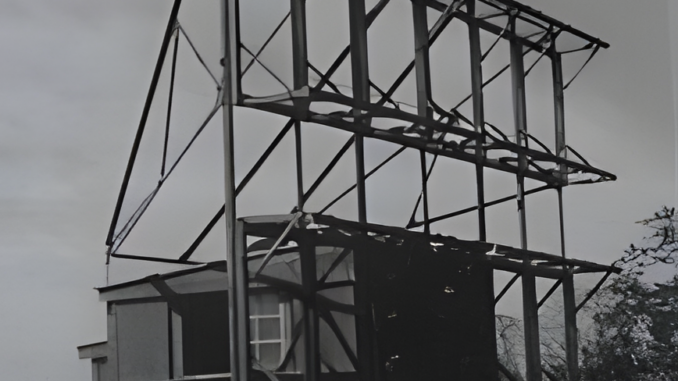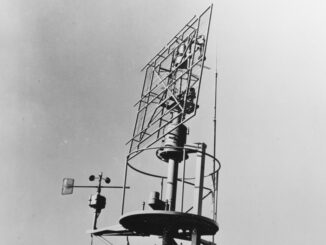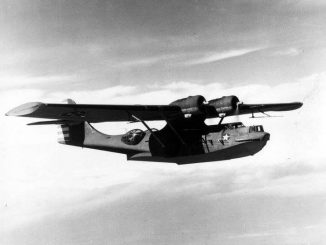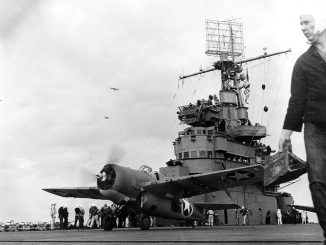
A Japanese scientific delegation under Cdr Yoji Ito was sent to Germany in February 1941. Although the professional relationship between the Japanese and the Germans was far less cordial than that of the Americans and British, the Germans showed enough evidence of the development of radar for Ito to be shocked. The capabilities of both of their erstwhile ally and the British were evident to Ito and his team and were amply demonstrated by two radar-assisted victories enjoyed by the British in the spring of 1941 – the Battle of Cape Matapan, during which Royal Navy ships sank three cruisers and two destroyers in a night action, and the destruction of the Bismarck which was shadowed by radar-equipped cruisers. Fearing that their advantage in night-combat skills would disappear in the face of Allied technological superiority, the Japanese Navy began a program to produce their own radar designs to close the gap.
Technical assistance for the design of the Imperial Japanese Navy’s first radar was provided by national broadcaster NHK’s Technical Research Lab and the electronics firm NEC. A prototype set operating on 4.2m wavelength was built relatively quickly, followed by a 3m wavelength set in September 1941. In tests this prototype detected a medium bomber at 97km and a flight of three at 145km, performance that was comparable with early-model Allied air-search radar. Three firms were contracted to make components for the production models, designated Mark 1 (for land-based) Model 1 or 11-Go – these are often misnamed as Type 11 in English sources. These entered service remarkably quickly – the first was installed at Katsuura Lighthouse in November 1941.
A handful of 11-Go were produced during the first months of 1942, with the first overseas unit deployed to Rabaul in March. Another pair were deployed to Guadalcanal when the new airfield there was constructed. These were captured by the US Marines when they landed on the island in August 1942, and in the absence of their own radar marines of the 3rd Defense Battalion attempted to put one of the 11-Go into service without much success. One was later shipped to the Naval Research Laboratory where it underwent significant testing. Later still it was used to help train American aviators in the new field of “electronic warfare” helping them to recognise the distinctive nature of Japanese radar sets on their detection and warning gear.
Other 11-Go were deployed to Japanese-held island throughout 1942. Two were sent to Kiska in the Aleutians, where American ‘ferret’ aircraft detected their emissions. Others were deployed to Wake Island to help fend off the infrequent attacks launched by long-range bombers operating from Midway, as well as the Japanese Mandates (the Caroline and Marshall Islands) and the Bonin Islands, including Iwo Jima. Dozens were deployed in China and Japan, where they were frequently detected by B-29 crews on their receiving gear. In total around 30 11-Go sets were produced in several variants.




Leave a Reply